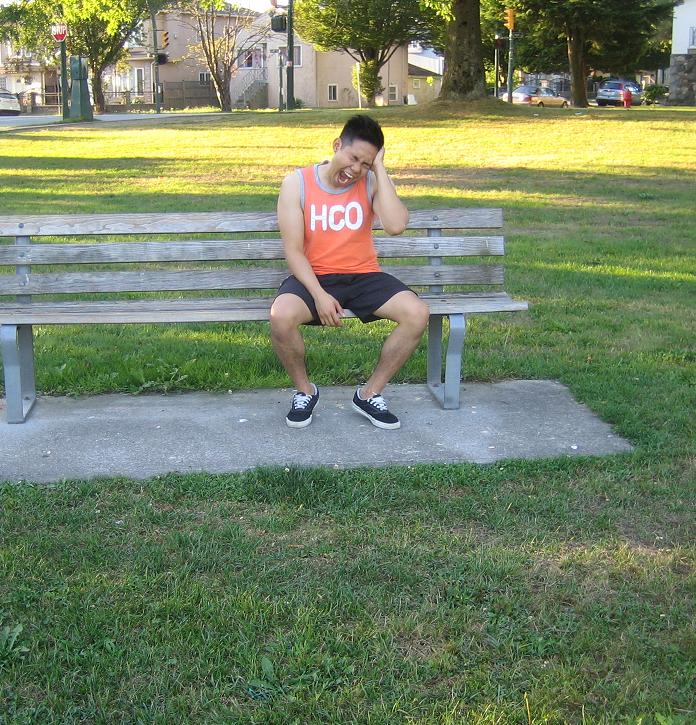Diving ear pain is one of the most common complaints of scuba divers caused by the water pressure that increases on the external surface of the eardrum as the diver descends deeper underwater. As the pressure on the external side of the eardrum increases, ensure there is balance which causes the Eustachian tube to open and allow the pressure behind the eardrum to equalize with the pressure outside the ear canal.
If the individual ignores the pain and the diver continues to descend deeper underwater, the pressure will continue to increase to the point where the eardrums will burst. Cold seawater will then enter the middle ear and cause symptoms such as nausea, vomiting, and dizziness.
Risk factors
There are reasons that contribute to the Eustachian not opening to equalize pressure, these include:
- Smoking
- Allergy
- Upper respiratory infections
- Nasal polyps

In most cases, the ear pain or squeeze causes the diver to abort the dive and resurface before the eardrum ruptures. - Previous facial trauma
- Over-aggressive ear clearing
Pressure against the eardrum causes symptoms of ear squeeze. At low pressure, the diver has a feeling of fullness. As the pressure increases, the eardrum will bulge inwards which causes it to swell and becomes painful.
If the pressure is high enough to rupture the eardrum, air bubbles can move out from the ear and the pain may lessen. However, as the cold seawater enters the middle ear, the diver may experience the sensation of nausea or may vomit. The diver may also become dizzy, disoriented, or experience a sense of vertigo.
In most cases, the ear pain or squeeze causes the diver to abort the dive and resurface before the eardrum ruptures. In these cases, symptoms often get better after the diver surfaces. If the symptoms fail to get better however or the cause of the ear pain is vague, seek medical care as soon as possible. Symptoms such as disorientation, vomiting, and hearing loss are a sign of a ruptured eardrum and require immediate medical attention.
Management of diving ear pain
If a ruptured eardrum is likely , the diver must be sent immediately to the hospital for treatment. The diver can be transported by car. The diver shouldn’t be allowed to do any further dives until the diver is medically cleared.
The doctor will evaluate the possibility of ear squeeze by asking questions about the dive, how it went, when did the symptoms start and when the diver resurfaced.
Treating ear squeeze can be done during the dive. If the diver feels pain or fullness during the dive, stop the dive and attempt to clear the ears. If the ear cleaning techniques fail, stop the dive immediately. Always complete the necessary decompression stops when resurfacing.
FACT CHECK
https://www.webmd.com/a-to-z-guides/ear-pain-scuba-diving#1
https://www.webmd.com/first-aid/ear-pain-scuba-diving-treatment
https://www.emedicinehealth.com/ear_pain_scuba_diving/article_em.htm
